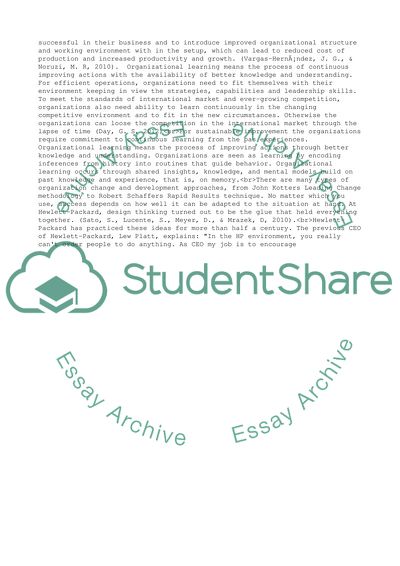Cite this document
(Organisational Learning and Design Research Paper, n.d.)
Organisational Learning and Design Research Paper. https://studentshare.org/management/1827593-organisational-learning-and-design-research-paper
Organisational Learning and Design Research Paper. https://studentshare.org/management/1827593-organisational-learning-and-design-research-paper
(Organisational Learning and Design Research Paper)
Organisational Learning and Design Research Paper. https://studentshare.org/management/1827593-organisational-learning-and-design-research-paper.
Organisational Learning and Design Research Paper. https://studentshare.org/management/1827593-organisational-learning-and-design-research-paper.
“Organisational Learning and Design Research Paper”. https://studentshare.org/management/1827593-organisational-learning-and-design-research-paper.


